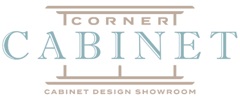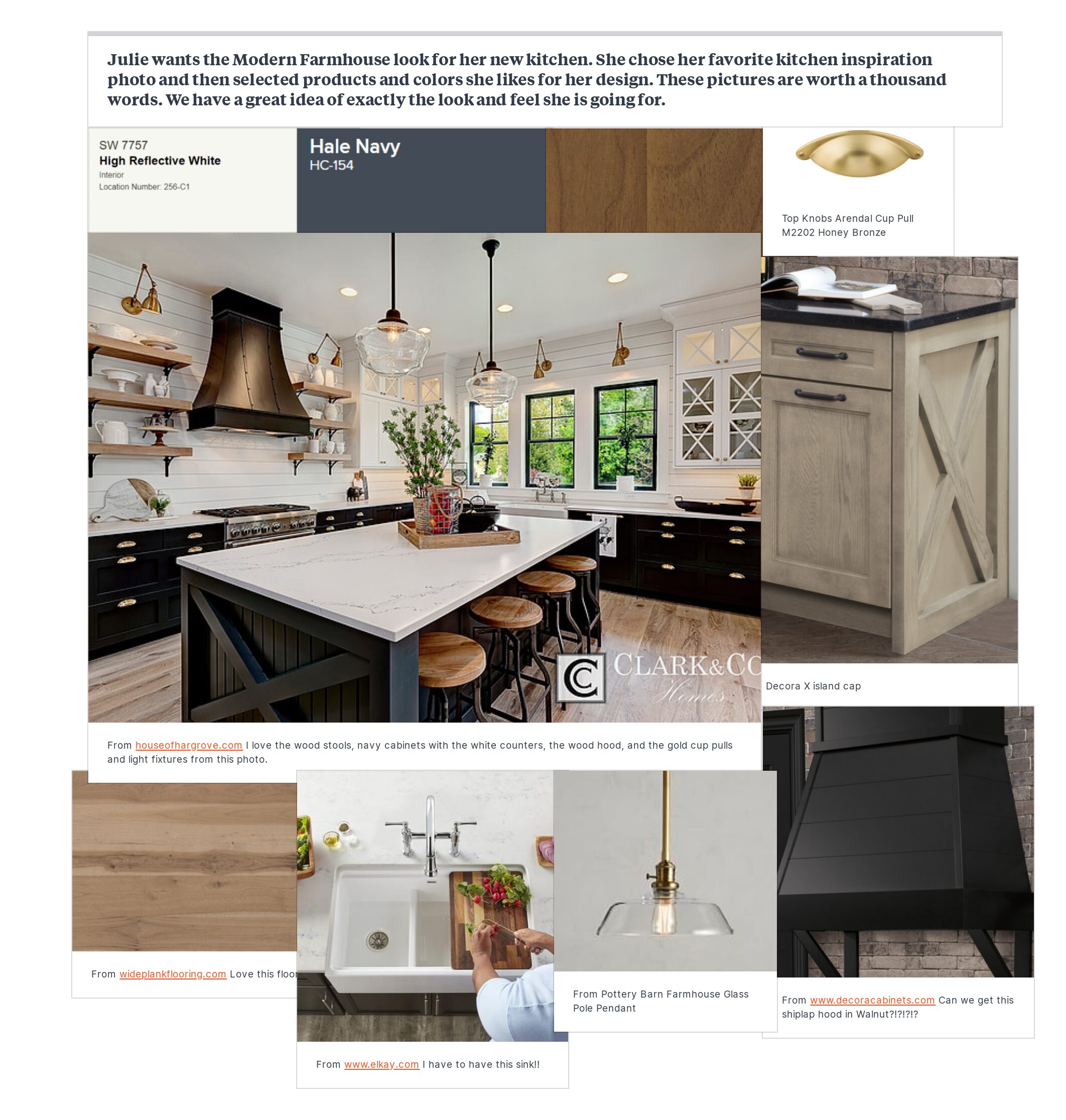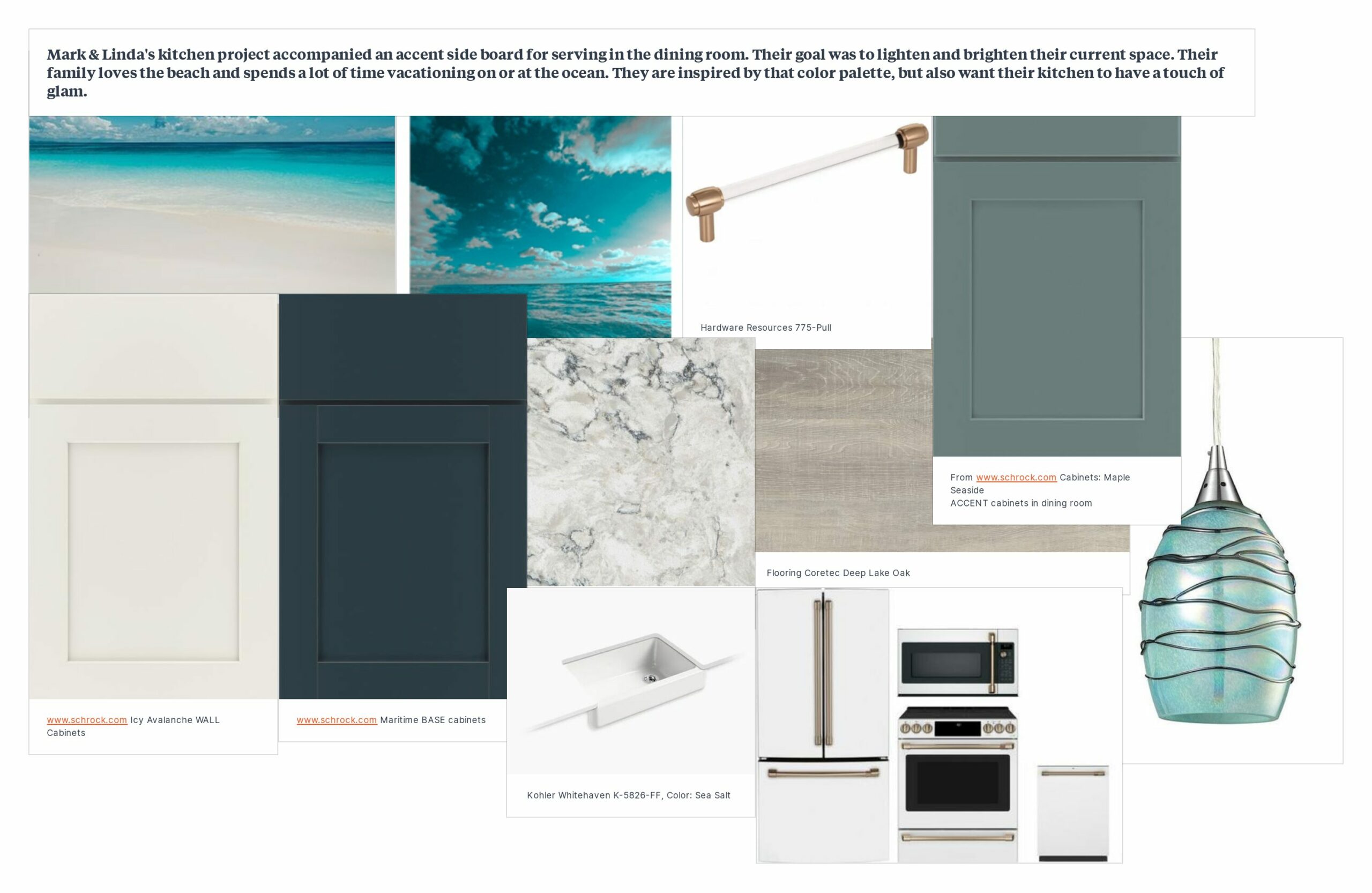
Mood boards are a wonderful tool: pictures are truly worth a thousand words. A client’s mood board clearly conveys a look, feel, or items to include in their design. It offers a glimpse into what they envision for their space. Conversely when a look or feel is described, there’s the potential to be envision something different. Experiences and language are unique to each of us; therefore, one person may conjure up a completely different image from the words “farm style” than another. Mood boards allow you to convey your ideas quickly and confidently.
For years, I’ve been creating mood boards whenever I embark on a project or renovation at home. Whenever I’ve shared these with family or friends, I’m always surprised to hear someone confess that they wouldn’t know how to make one. Years ago, I would clip photos from magazines and overlap them on a poster board using a glue stick. The original mood board! These days, there are several far more effective ways to save and organize your collection of ideas. My favorite mood board and project organization tool happens to be Milanote.com. We use their boards here at the Corner Cabinet to organize company projects and to collaborate with clients on larger scope projects. I find it simple, user friendly, and a great visual tool. Alternatively, you could try Idea books on Houzz.com, a mood board template on Canva.com, or create a project board on Pinterest.com. All of these sites offer a different format for creating a visual collection for your project.
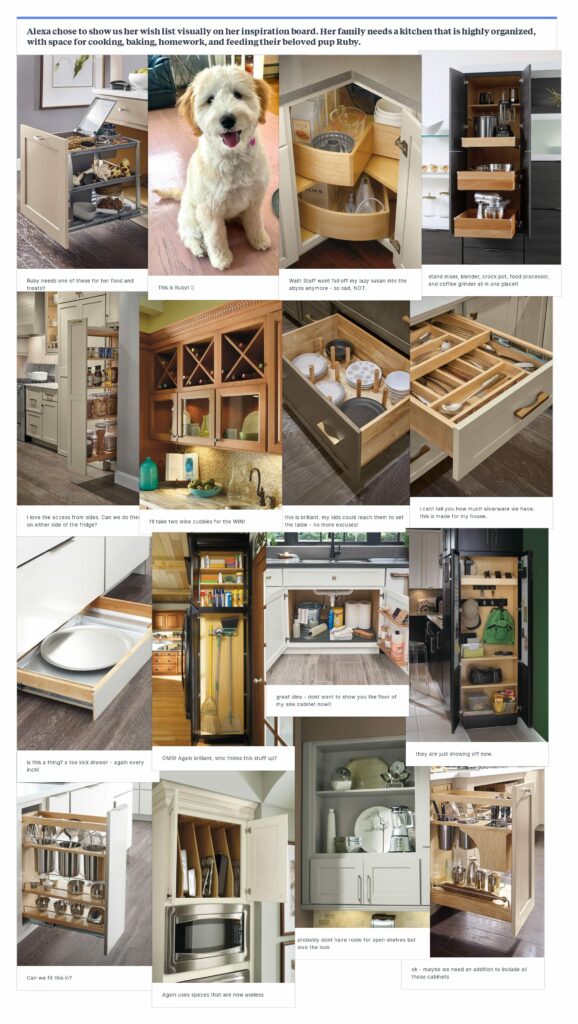
Mood Board
As you collect ideas for your project, a mood board can help you define and focus your likes and wishes, making it easy to share that vision with others. By collecting photos, color swatches, design ideas, and products all in one place with notes recording your thoughts, your ideas will likely evolve as you gather and refine them. Include anything that you can capture. I use the snip tool on my computer constantly to save images. You may find that you’ll update and remove ideas as you come across new inspiration. Understand that there is no right or wrong way to create a mood board. As long as the result highlights your ideas and is easily sharable, then it’s a success. Once you are satisfied with how your collection looks and feels, then it’s done! Don’t be concerned that your board doesn’t look like someone else’s; The beauty of mood boards lies in their flexibility. Take a look at three examples of mood boards below created by clients of the Corner Cabinet. These three boards are very different, but each one gives a great sense of what the client is hoping to achieve.
The first mood board focuses on organizational products for Alexa’s kitchen. She includes her thoughts on these items and introduces us to her pup, Ruby! Immediately I know that organization is a priority for Alexa and I can see that Alexa is looking for a workhorse kitchen for her busy family.
Some may argue that this is not a mood board at all, but a wish list. Either way, Alexa has taken the time to include the things important to her and included notes with each item. This let’s me know that she is looking for a highly organized space for cooking, baking, homework, and feeding her beloved pup Ruby. The witty notes she included, gave me an indication of how important each item on this list is to her. This comes in handy if we reach a point where we need to decide what can and can not be included either due to space or budget.
It not only helps me during the design process but I can also pull it out to refer to it when I’m ins discussions with Alexa to re-center her or note updates to her priorities that may have changed as she learned things along the process. Having a starting point to refer back to can be so helpful along a process such as kitchen design.
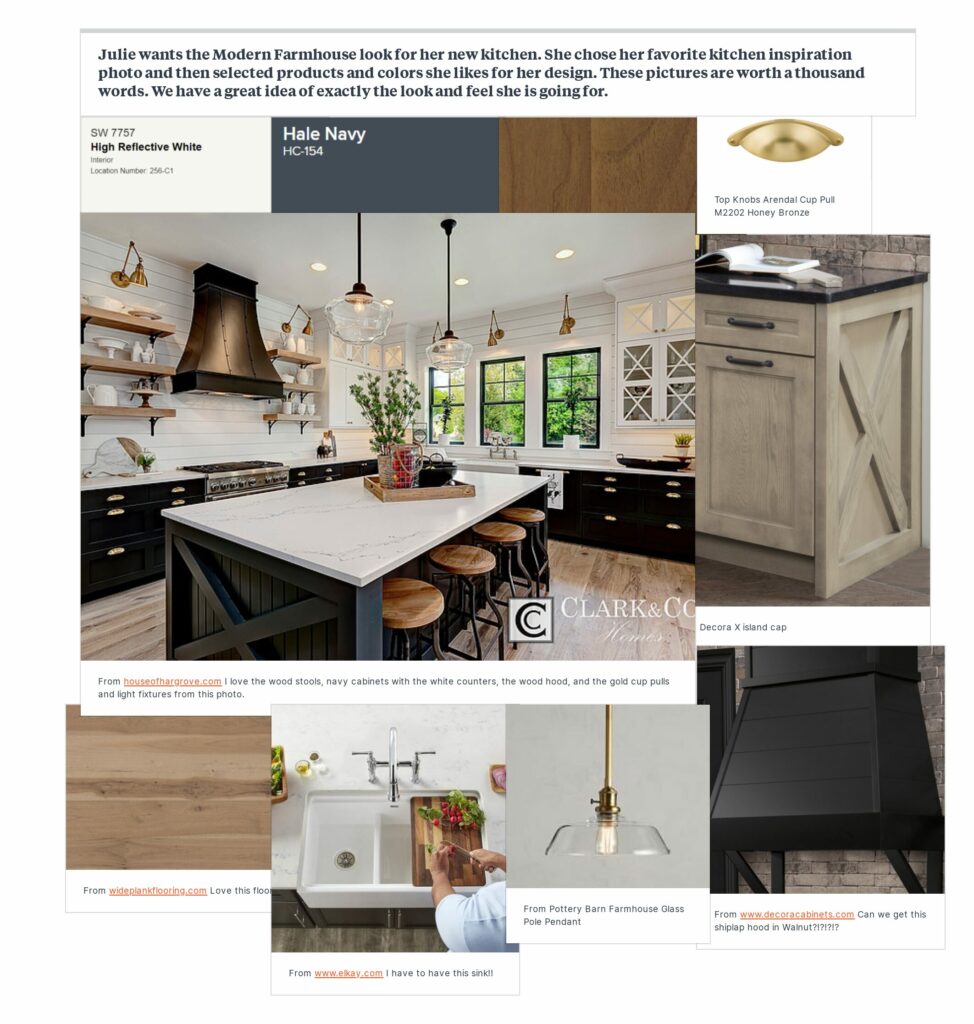
Julie want the Modern Farmhouse look for her new kitchen. She clipped a photo of her favorite inspiration kitchen design and then clipped the colors, finishes and products that she would wants to include in her design. Right away I know exactly, the look and feel that Julie is envisioning for her kitchen.
This gives us a lot of information right away and helps us create a design that’s right on point. When you share your mood board, your designer will ask questions about these photos that will help us begin to create a design that weaves these ideas into your space. Julie also included notes and questions in this board. This gave us a perfect place to start the discussion on her space.
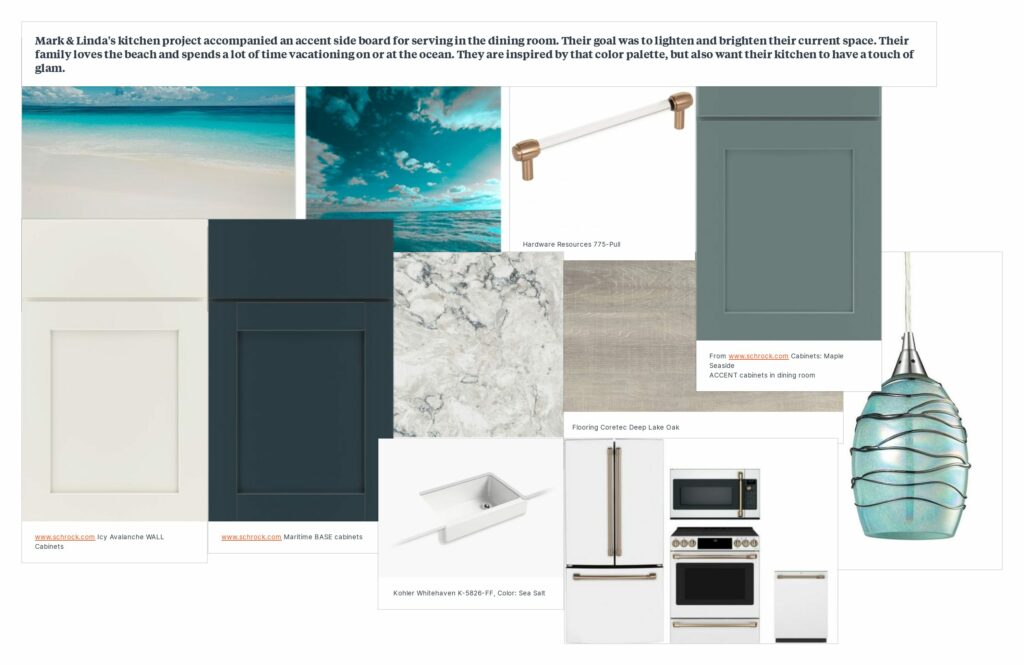
Mark and Linda want to recreate a feeling in their new kitchen. They love the beach and spend a lot of time vacationing on or at the ocean. Their love of the ocean, and the color palette they associate with this feeling of relaxation, is an inspiration they want to incorporate into their home. This mood board conveys this feeling to me easily and their choice of materials and products on the board sparked a lot of discussion that helped us make decisions and weave a theme into their design.
Try creating a board for your upcoming project. Have fun with it! Don’t worry if you are not doing it one of the three ways I’ve included here. Create one that speaks to you. this will convey your message best.
Please note that neither I nor the Corner Cabinet have been paid to express our views on Milanote, Canva, Pinterest, or Houzz.
